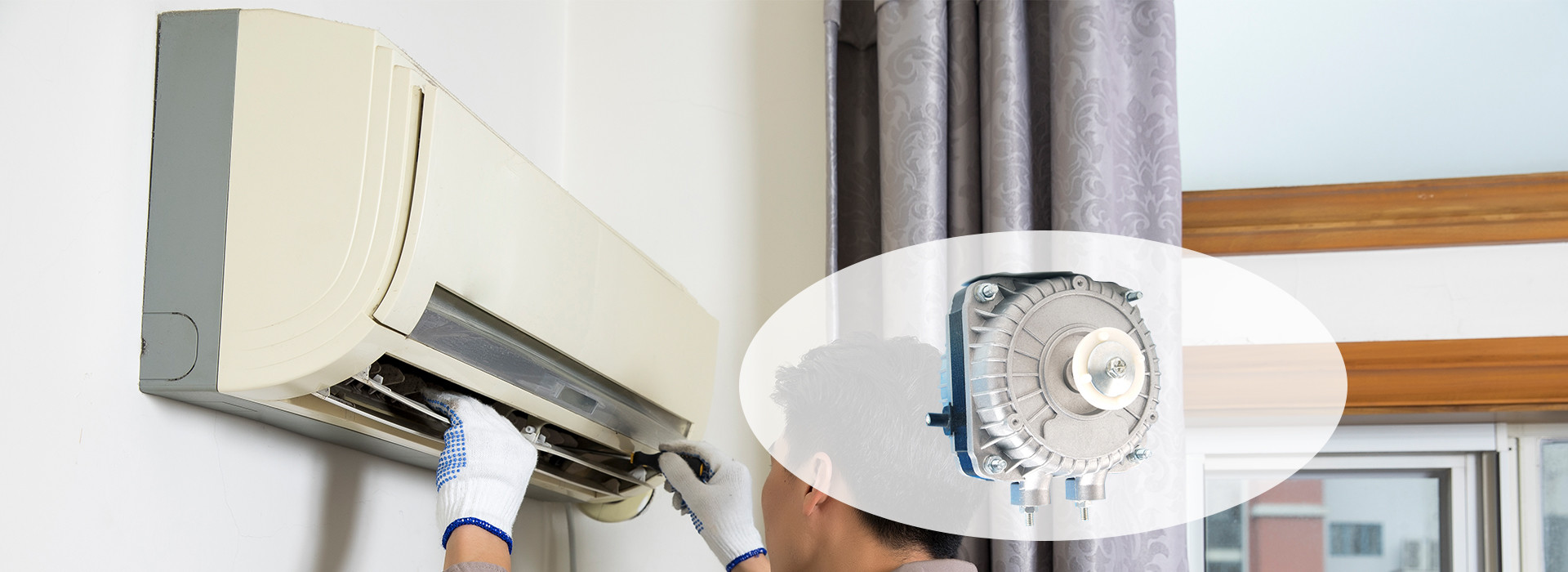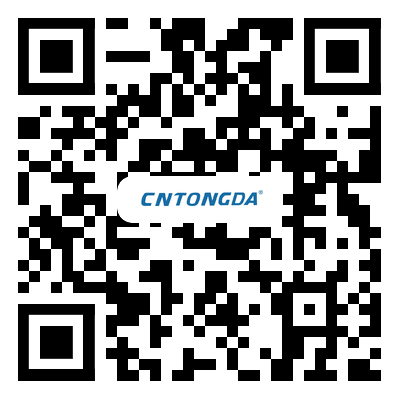What are the steps of maintenance of centrifugal fan?
2021-08-11
I. Maintenance of centrifugal fan
(1) Inspection before maintenance
Before maintenance, the fan should be checked in the running state, so as to understand the defects of the fan, and the relevant data should be measured and recorded for reference during maintenance
Take an examination of. The main contents of the inspection are:
(1) Measure the vibration and temperature rise of the bearing and motor.
(2) Check the oil leakage of bearing oil seal. If the fan adopts sliding bearing, the working condition of oil system and cooling system and the quality of oil should be checked.
(3) Check the tightness of the connection between the fan shell and the air duct flange. Whether the external connection of the entrance baffle is good, whether the switch action is flexible.
(4) Understand the relevant data in the operation of the fan, and if necessary, the efficiency test of the wind machine can be carried out.
(2) Maintenance of fan
1. Maintenance of impeller
After the fan is disintegrated, first remove the dust and dirt on the impeller, and then carefully check the wear degree of the impeller, the wear and fastening of the rivet, and
The welding seam is unwelded, and pay attention to the impeller inlet seal ring and the shell inlet ring have no friction trace, because the gap here is the smallest, if the assembly position is not correct or the fan is running due to thermal expansion and other reasons, there will be friction.
For the local wear of the impeller, iron plate welding can be used, the thickness of the iron plate should not exceed the thickness of the impeller before wear, its size should be able to wear
Hole cover. For rivet, if the rivet head wear can be surfacing, if the rivet has become loose, should be replaced. For the wear and tear of the weld between the impeller and the blade, welding repair or excavation can be carried out. Welding repair is used for small area wear, and excavation repair is used for large area wear.
(1) Welding the blade. Welding should choose good welding performance, good toughness welding rod. Dc welder is recommended to weld the high manganese steel blade.
Junction 507 electrode. The welding weight of each blade should be equal as far as possible, and the blade should be welded symmetrically to reduce the impeller deformation and weight imbalance after welding. When repairing, the material and profile of the patch should be consistent with that of the blade, and the patch should be beveled. When the blade is thick, the double-sided groove should be opened to ensure the quality of welding repair. The weight difference of each patch should be no more than 30g, and counterweight should be carried out for the patch, and the weight difference of symmetrical blades should be no more than 10g. After the dig,
Blades should not be seriously deformed or twisted. The weld seam of the repaired blade should be smooth and smooth, without trachoma, crack and depression. The weld strength shall not be lower than that of the blade
Strength of the material.
(2) Replace the blade. When the blade wear exceeds 2/3 of the blade thickness and the front and rear discs are still basically intact, the blade should be updated by the following methods:
1) Weigh and number the spare blades, arrange the combination order of the blades according to the weight of the blades, and place the blades with the same mass or less difference in the impeller
The symmetrical position of the wheel, so as to reduce the eccentric impeller, so as to reduce the degree of imbalance of the impeller. The blade of the riveted impeller corresponds to the hole of the wheel cover and disc (shaft disc), preferably with drilling or reaming.
2) Duplicate the standby blade on the back of the original blade in combination order, and require that the distance between the blades is equal. The vertices are on the same circumference. After the adjustment, spot welding is carried out
3) After spot welding, the joints of one blade and the wheel can be fully welded, and the welding should be carried out symmetrically
4) Then use the cutting torch to cut off the old blades one by one, and clean the old welding scars on the wheel, and finally weld all the joints between the other side of the blade and the wheel.
2. Replacement impeller
If the entire impeller needs to be replaced, first cut the rivets connected with the old impeller and the wheel sufficient with a cutting torch, and then the rivets out. After the old impeller is removed, smooth the junction surface of the wheel hub with a fine file and file away the burrs of rivet holes.
Before assembling the new impeller, check that its size, model and material should meet the requirements of the drawings. The weld has no cracks, trams, dents, incomplete welding, edge bite and other defects, and the weld height meets the requirements. The axial swing of the impeller is not more than 4mm and the radial swing is not more than 3mm. The rivet holes should also be checked for consistency. After the inspection is correct, the new impeller is fitted on the hub. Impeller and hub generally use hot riveting, riveting should be heated to 800~900℃ before riveting (cherry color), and then the rivet into the rivet hole, rivets should be vertical, in the rivet with a round socket shape of the anvil pad, above riveting tool riveting. After all rivets are completed, the head of the rivet is beaten with a small hammer. The sound is clear and qualified. For the impeller of self-made blade, it is necessary to remove the burrs at the inlet and outlet of the blade, clean the blade path, and trim it, and then adjust the action and static balance according to the impeller structure and the need.
3. Replace the wear plate
When the wear of the anti-wear plate and anti-wear head of the blade exceeds the standard to be replaced, the original anti-wear plate and anti-wear head should be cut off. Do not allow the original wear plate,
Anti-wear head and anti-wear plate should be repaired. The new anti-wear head and anti-wear plate should conform to the blade profile line and stick tightly, and the same type of anti-wear plate and anti-wear
The weight difference of each grinding head is not more than 30g. The counterweight should be combined before welding the anti-wear head and anti-wear plate.
After repairing and replacing the blade, anti-wear head and anti-wear plate, the impeller should be measured and static balance should be found. The allowable value of radial swing is 3~6mm, and the shaft
The allowable value of directional swing is 4~6mm, and the residual unbalance shall not exceed 100g.

